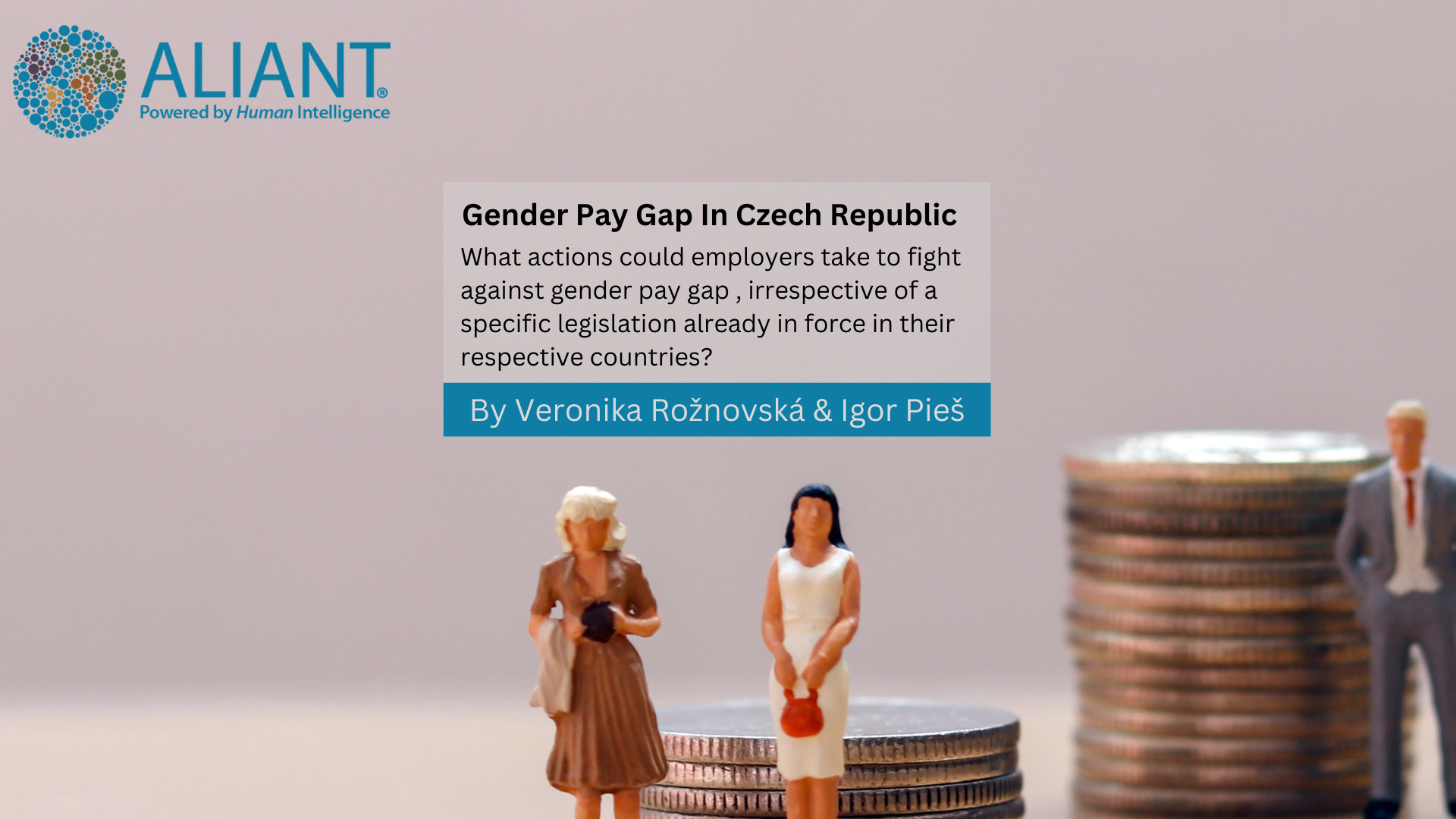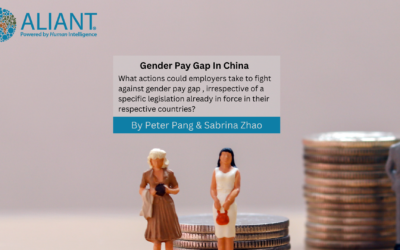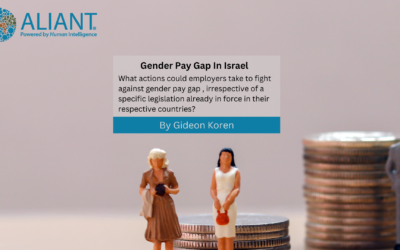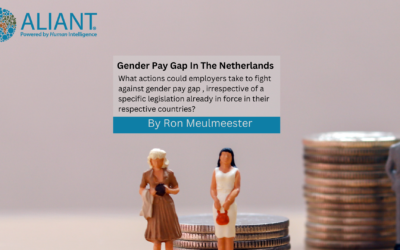Gender Pay Gap in Czech Republic : At the end of last year, the Government of the Czech Republic published an Gender Pay Gap Action Plan for 2023-2026.[1] Discover strategic insights into the Government’s planned measures for equal pay and the enforcement of this principle. This comprehensive plan addresses existing gender pay gaps and signifies a commitment to tackling the issue. With the recent adoption of the EU Pay Transparency Directive during our EU Presidency, the Government’s action plan takes a crucial step towards reducing pay discrimination against women..[2]
Pay gap in the Czech Republic
The Czech Republic ranks among the countries with the highest gender pay gaps in the same job and workplace. Surveys reveal persistent gender inequalities and significantly higher gender discrimination compared to other EU27 countries. While Western European countries typically have gender pay inequalities of around 5% for the same job level, the Czech Republic’s figure is double. When comparing wages of men and women in the same job, the average pay gap in the Czech Republic is 10%. This calculation takes into account factors like age and educational attainment, which should not influence the gap.
When comparing different occupations, the Czech Republic still lags behind. According to the Action Plan data, the overall gender pay gap in 2018 was 19%, slightly decreasing to 17% by 2020. However, this gap remains one of the largest in the EU. It’s important to note that differences in the number of hours worked, such as due to part-time caring for parents, are minimal and cannot explain the gender pay gap.
For a comprehensive comparison, it’s worth considering the impact of educational attainment on pay. Results indicate that the smallest pay gap (15.3%) is between men and women with elementary education. The figure rises to 22.2% for those with a high school education without a diploma, 19.3% for those with a high school diploma, and reaches 26.2% for male and female university graduates.
Reasons for the Gender Pay Gap?
The Action Plan highlights horizontal and vertical segregation of the labor market, education, persistent gender stereotypes, lack of payment transparency, and limited work-life balance opportunities as the main causes of the pay gap. Additionally, the methods used to determine individual employee remuneration lack transparency. Male and female applicants often lack information about salary levels, employers’ remuneration systems, and payrolls.
In the context of transparency, it is stated that the methods used to determine the remuneration of individual employees are not transparent. In particular, male and female applicants are often not aware of their salary levels before starting to work, lack clear information on employers’ remuneration systems, policies and rules, or do not understand the information on payrolls.
Proposed Measures
To address the pay gap, various tools should be employed. These include ensuring access to comprehensive information on pay systems and rules, career progression opportunities linked to financial remuneration, and more. Effective tools also involve informing employees about their starting salary and their right to request information on the average remuneration of people doing the same job, distinguished by gender. Companies of a certain size should report the gender pay gap, and regular audits on remuneration should be conducted.
Efforts to increase transparency aim to overcome taboos surrounding pay levels. A lack of pay level discussions combined with limited transparency hinders progress in closing the pay gap and allows unjustified gaps or discrimination to persist. While concerns about increased administrative burden and breach of confidentiality exist, several countries have already implemented transparency measures. Examples include the right to request salary information in Finland, Sweden, Portugal, Romania, Spain, and the European Commission’s call for increased transparency in its 2014 Recommendation..[3]
Another crucial measure is the explicit nullity of confidentiality clauses regarding wages, as seen in Slovakia. Frequently, employment contracts include clauses obligating employees to maintain confidentiality about their income.
Promoting transparency in job advertisements by disclosing salary ranges or minimum remuneration is another proposed measure. However, there is a concern that employers may circumvent this provision by distorting the actual pay range or stating inadequate minimum pay.
Enforceability of Equal Pay
Enforcing equal pay, especially its transparency, poses a significant challenge. Limited national case law and procedural obstacles, including cost, duration, and inconsistent application of the burden of proof, hinder progress. The principle of equal pay should also extend to companies within a group owned or controlled by the same entity to prevent circumvention of equal treatment.
Anticipated Legislative Impact
The Action Plan presented by the Government[4] outlined a number of objectives and accompanying measures that will most likely be implemented in the Czech legal system in the future. Although this is not in the near future, here are selected objectives that employers can already focus on in their practice.
The first objective is to try to raise awareness of gender pay gap among trade unions and employees themselves. This objective should be achieved, for example, by extending the wording of the Labour Code and including an obligation for the employer to inform the trade union on average wages and salaries, including their gender-disaggregated components, or by extending the wording of the Labour Code by including an obligation for the employer to inform employees annually of this right.
Another objective is to introduce an information obligation on the employer’s side. This objective should be achieved, for example, by introducing a legal obligation for employers to define in writing an internal remuneration system, i.e., a wage regulation that would be then provided to the Labour Inspectorate on a request as a guide during pay gap inspections, or by extending the employer’s information obligation to job applicants regarding the basic component of the wage/salary, the remuneration from the agreement, or the range of remuneration offered.
The Civil Procedure Code
The amendment to the Civil Procedure Code should also result in modification of the sharing of the burden of proof, the amendment should ease the evidentiary situation of employees who feel aggrieved by non-compliance with the principle of equal pay.
In the context of recent case law, the principle of equal pay for companies that are part of a group owned by the same person or controlled by a holding company or conglomerate should also be extended to the whole group. This step should prevent employers from setting up multiple subsidiaries in order to circumvent the principle of equal treatment. However, the proposal does not further specify whether this principle will apply only within the Czech Republic. In the case of a blanket (e.g. EU-wide) measure, this point would face a number of rather significant practical obstacles.
Other proposed objectives no longer directly affect employers, but rather emphasise institutional strengthening of certain entities or improving awareness of the issue, for example by educating judges or strengthening knowledge of equal pay and anti-discrimination issues.
Conclusion
Although there is a relatively long way to go towards the complete elimination of discrimination in the context of equal pay for employees, the adoption of the Pay Transparency Directive during the Czech Presidency of the Council of the EU, together with the Action Plan, represents a major step forward.
[1] https://www.vlada.cz/assets/ppov/rovne-prilezitosti-zen-a-muzu/Aktuality/Akcni-plan-rovneho-odmenovani-zen-a-muzu20232026.pdf
[2] https://www.vlada.cz/cz/ppov/rovne-prilezitosti-zen-a-muzu/aktuality/tz-nova-smernice-o-transparentnosti-odmenovani-posili-vymahatelnost-prava-na-rovnou-odmenu-a-pomuze-snizit-mzdovou-diskriminaci-zen-201893/
[3] https://eur-lex.europa.eu/legal-content/CS/TXT/HTML/?uri=CELEX:32014H0124&from=CS
[4] To be complete we would like to add that the Action Plan was prepared by the Ministry of Labour and Social Affairs in cooperation with the Department of Gender Equality of the Government in connection with the Strategy for Gender Equality 2021-2030 (https://www.tojerovnost.cz/cs/strategie-rovnosti-zen-a-muzu/).
Please follow these six part series and find out in Part IV what actions could employers in Israel take to fight against gender pay gap.






